Transgender Women: 7 Tips for Understanding the Basics
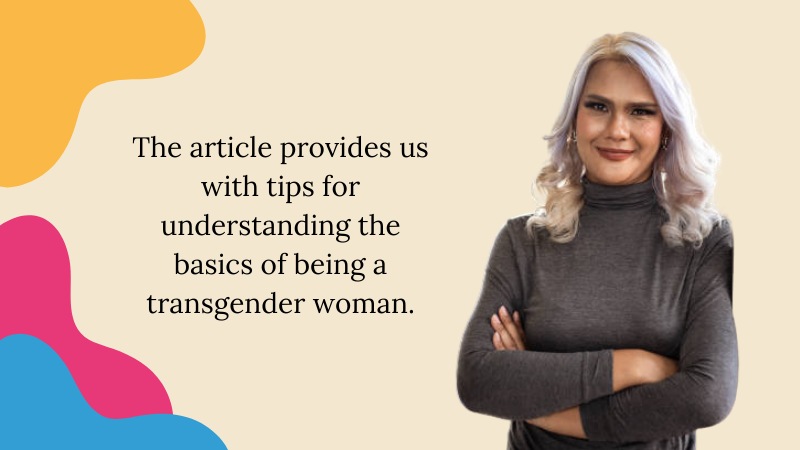
We all have unique journeys, especially while transitioning.
However, some may need more knowledge and skills to understand the changes
around them and sometimes need help from professionals and various resources.
For transgender women, having the basic knowledge for transitioning enables us
to experience a smooth journey and have ideas on how to overcome various challenges.
The article provides us with tips for understanding the basics of being a transgender woman.
What is Transgender?
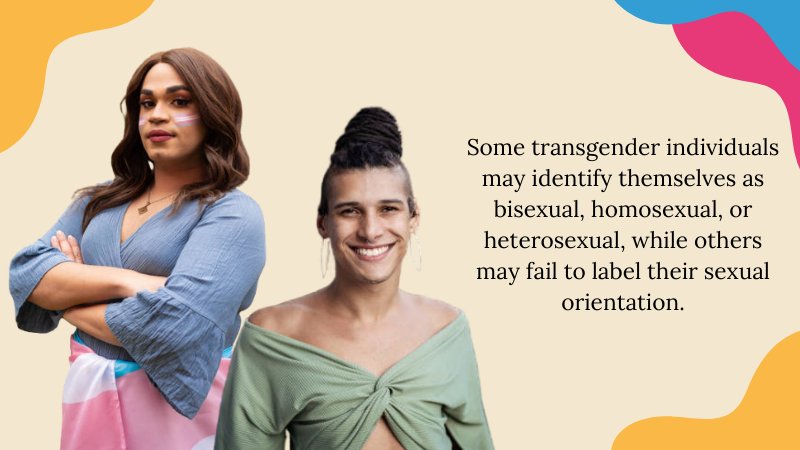
We use the term transgender to define individuals whose gender identity
does not correlate with the sex they were assigned during birth.
Some transgender individuals may identify themselves as bisexual, homosexual,
or heterosexual, while others may fail to label their sexual orientation.
What is a Transgender or Trans woman?
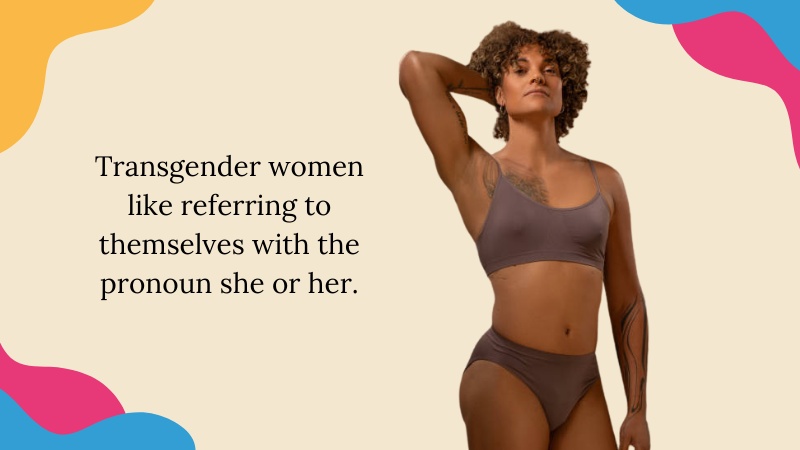
was assigned the male gender at birth, but later on identified themselves as female.
Transgender women like referring to themselves with the pronoun she or her.
The transition process for Trans females
- What does it mean to transition?

Transitioning involves when an individual starts to live according to their
gender identity rather than the gender they were assigned at birth.
Transition for trans females may take place in various forms depending on the one an individual is comfortable with.
For instance, the MTF transition process involves declaring feminine dressing and hairstyles,
switching the name as she or her or hers, and announcing themselves as females to parents, friends, and coworkers.
A decision to visit a physician may also express the transition process and have feminine features given to by hormones or surgery.
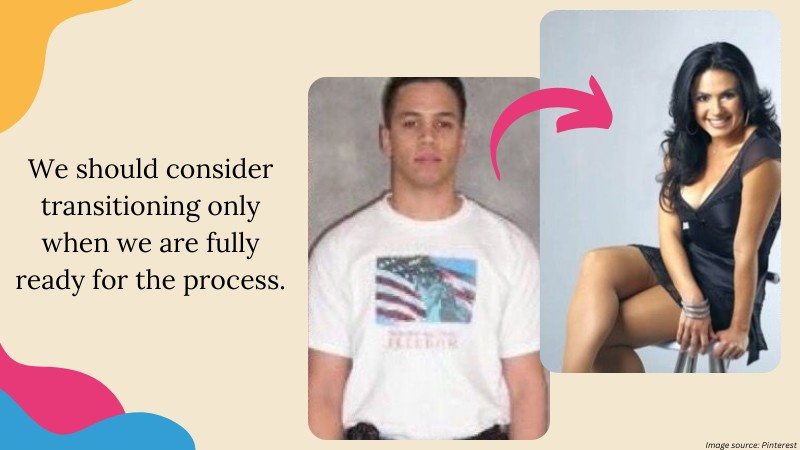
- How long does transitioning take?
There is no specific transition timeline since each person has a different transitioning experience and recovery.
Also, some factors may contribute to the transitioning period, such as the method or treatment of an individual takes for transitioning, the age when an individual is transitioning, genetic factors, and the external environment of an individual. However, an individual may take months to years to complete.
We have different areas of transitioning and various ways to affirm our gender;
therefore, we should consider transitioning only when we are fully ready for the process.
Here are some areas of transition:
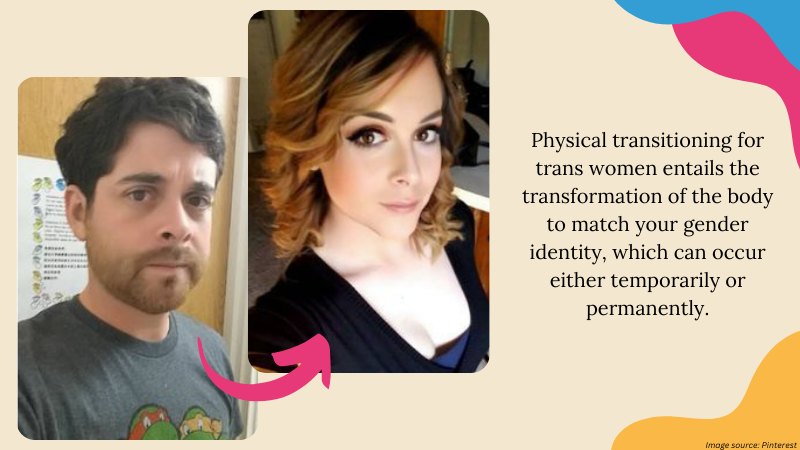
A. Physical
Physical transitioning for trans women entails the transformation of the body to match your gender identity,
which can occur either temporarily or permanently.
The two ways we can transform our bodies are either through non-medical or medical, physical transition.
Non-medical physical transition entails several ways trans females can
change their bodies temporarily with no doctors or surgeons.
Some of these ways include packing, which is the use of items like packers or balled-up socks,
and tucking, which involves hiding your penis to create a flat surface.
And stuffing requires the use of materials such as tissue paper,
padded bras, and underwear to make the butts, hips, and chest appear fuller.
We also have a medical and physical transition, which involves the
use of medicine such as inducing breast formation, which results in a long-term solution.
Remember, the medical and physical transition may take a while to recover;
hence, you need all the rest and support you can get.
B. Internal
From the word internal, internal transitioning means the process begins from inside.
This means that internal transitioning has emotional impacts on an individual.
For instance, when experiencing internal transitioning, you change how you appear, talk, and dress.
Also, you find yourself changing your voice, calling yourself a different name, and dressing differently.
During this transition, you may experience gender euphoria or dysphoria.
However, people may need to notice.

C. Legal
You can also opt for legal transitioning, which entails changing information about
your gender identity to your preference in government documents and official records.
However, your country’s laws might differ from those in other countries.
For instance, you might change your gender marker and name in documents such
as your birth certificate, driver’s license, and social security number, as well as with the school.
Also, note that changing these documents might be expensive and may involve a long process;
therefore, prepare both financially and mentally.
D. Social
Social transitioning is the most accessible form of transitioning since, unlike legal and physical, it’s less expensive.
Social transitioning involves using your voice in a more feminine way when socializing with
others, grooming or dressing in a way that feels right for you, coming out to your family and friends,
and asking individuals to address you with your preferred pronoun.
While social transitioning appears to be the easiest, you should have courage
since you may face some obstacles that may interfere with your mental health.
Trans Female Sex
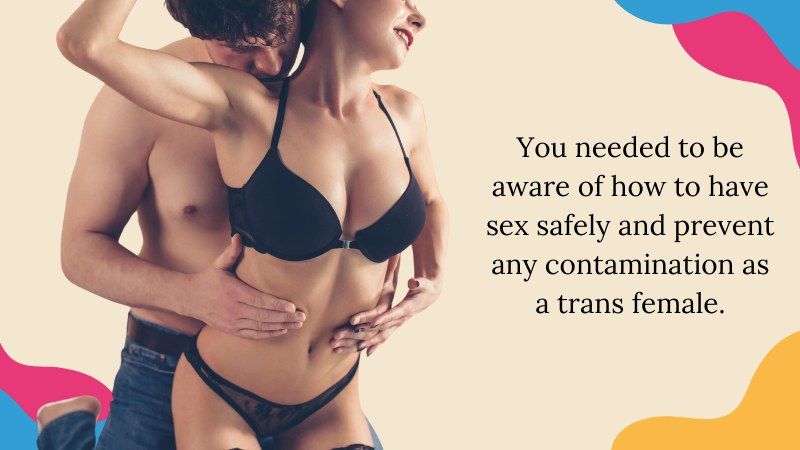
You needed to be aware of how to have sex safely and prevent any contamination as a trans female.
Find out how to avoid risks and stay sexually healthy, and you will feel great about your sex life.
One of the greatest elements of good sexual health is to be confident and able to communicate what you like and the type of sex that makes you feel good sexually with your partner. It’s only by knowing our privileges regarding sex and recognizing its associated risks and rewards that we can form a safe bond with sex.
MTF Transgender mannerism
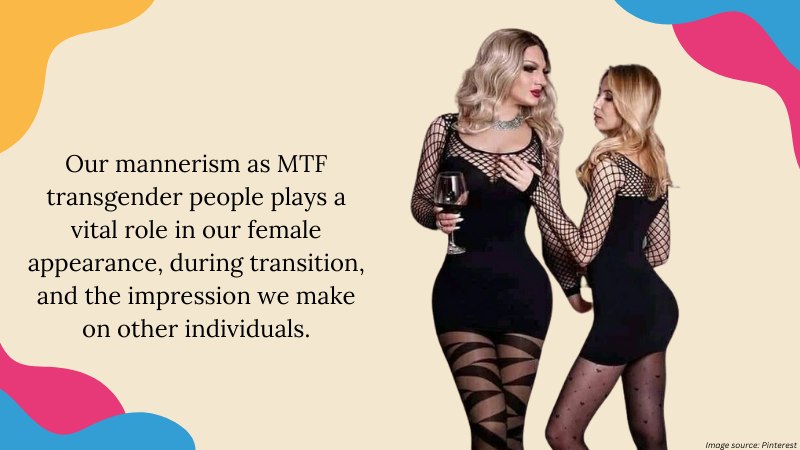
Our mannerism as MTF transgender people plays a vital role in our female appearance, during transition, and the impression we make on other individuals.
Here are some MTF Transgender mannerisms we should consider:
- Body language
When we talk of body language, we mean the non-verbal signs that allow
us to interact and communicate successfully with others. As transgender women,
we should practice various ways we may communicate effectively with other trans females.
The main types of body language that we should be conversant with include eye gaze, gestures, and facial expressions.
We can use facial expressions such as a smile when conversing deeply
with other individuals to show how much we love interacting with them.
Understanding these body languages lets us know when individuals want to associate with us.
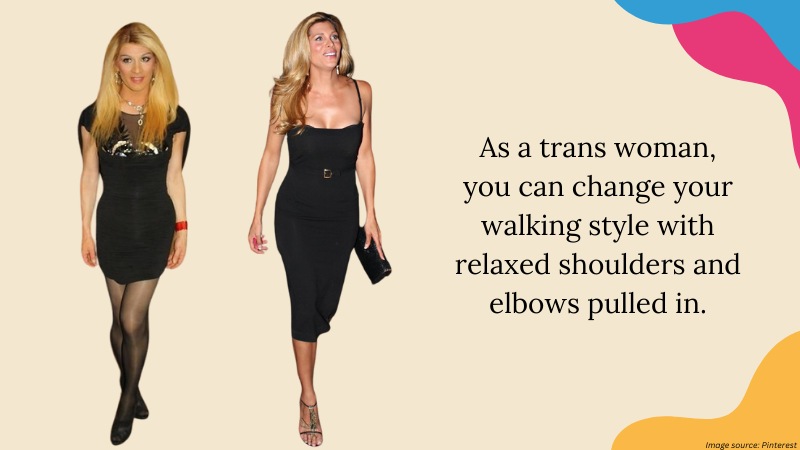
- Walking styles
We should know that the shape of our pelvis is different between men and women; hence, it affects how we walk.
In males, the leg can move around in a straight line because the hip joint is significant,
while in females, the leg moves around to the outside and back because of the joint.
We may acknowledge that no surgery or any amount of hormones can change
the joints; however, we can practice changing our walking styles.
As a trans woman, you can change your walking style with relaxed shoulders and elbows pulled in.
Also, you might walk around with your toes, making your hip joint rotate, hence achieving a feminine walk.
Lastly, bring your feet together while walking, as it naturally helps your walking style to become more feminine.

- Posture
Posture shows your self-image and how confident you feel about yourself.
Therefore, as a trans woman, feminine postures are vital to boost your self-esteem.
Some postures include standing tall by keeping our spine elongated and straight,
with our shoulders relaxed to make us appear more feminine.
Also, we can engage our core and relax our shoulders since they enable us to maintain a good posture.
Lastly, we can also lengthen our necks, allowing us to align
with our spine and giving us a more poised and elegant appearance.
Online support groups and resources for Trans female
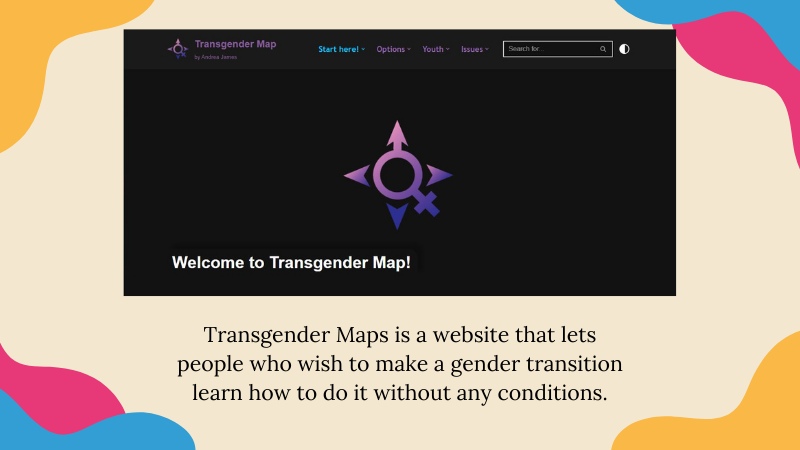
It’s essential to have online support groups and resources to help you achieve your goal as a trans female individual.
Here are some support groups and resources for Trans females:
Transgender Maps is a website that lets people who wish to make a gender transition learn how to do it without any conditions.
It provides knowledge on both gender identity and regular expressions.
Also, it talks about social, legal, and medical ways of transitioning.
The website has the names of those who can offer help, especially to transgender or trans females.
Moreover, the website provides services and support to the youth and their families,
as everyone is considered equal regardless of gender identity.

- LGBTQ+ Organizations Offering MTF-Specific Resources
Organizations such as the Movement Advancement Project and the American Medical Association
provide detailed information concerning the transitioning process and how to navigate it after transitioning.
Conclusion
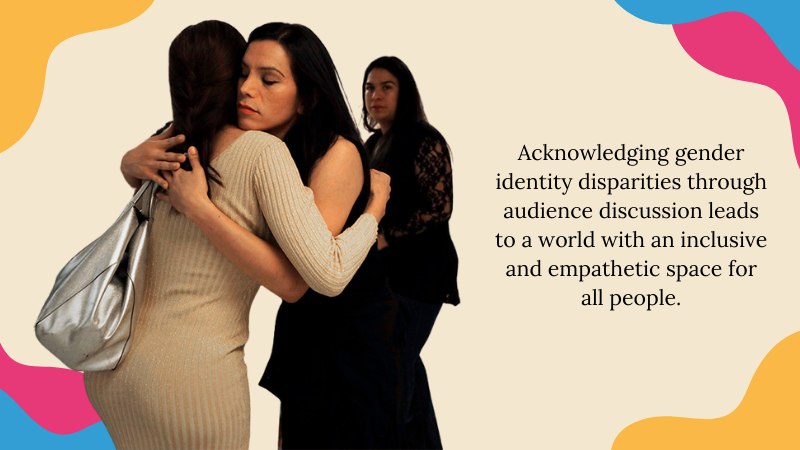
Understanding the basis associated with transgender women can be challenging,
and it requires two basic things: acknowledging the diversity among transgender
persons and recognizing the very personal experiences of trans females.
The language of persons with different gender identities is diverse.
While progress is being made more and more towards inclusiveness and respect,
we need to continue to focus on compassion and respect for those with different gender identities.
Acknowledging gender identity disparities through audience discussion
leads to a world with an inclusive and empathetic space for all people.
FAQ
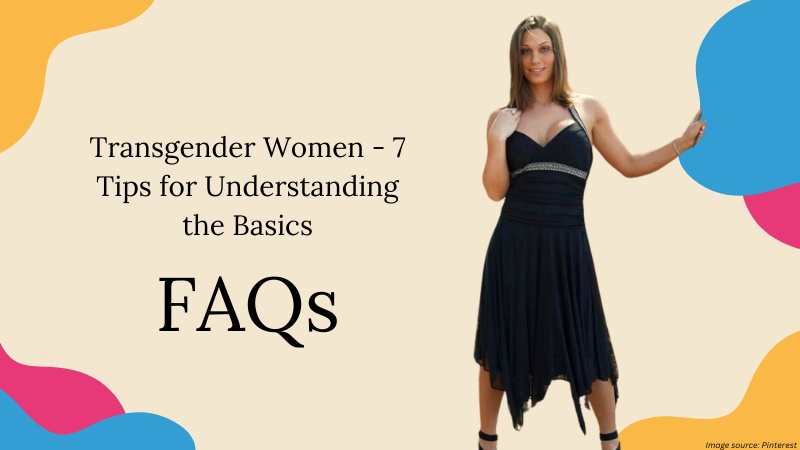
The most frequently asked questions about transgender women include the following:
Is being transgender a genetic thing?
We may not be sure whether or not being transgender is in the genes of a person.
However, genetics interacts with the environment, forming various gender-based identities in a particular population.
Do trans females experience menstruation?
Yes. Some of the trans females do experience menstruation however
others lack uterus hence they may fail to experience the monthly menstruation
cycle and instead experience the hormonal experience of menstruation.
Best age for transitioning?
Transitioning can occur at any age since it’s never too late to transition.
However, the best age for transitioning is around 30 when you truly
understand what transitioning entails and how to go about it.
- Top 9 Inspirational Transgenders Success Stories to Inspire You
- The Top 7 Trans Women Personality You Must Know
- Top 5 Transvoice Mistakes To Avoid In Voice Feminization
- Trans Beauty: Tips for Beard Cover and Feminizing Makeup
- MTf Transgender Guide to Overcoming Transphobia and Transmisia
- Top Male-to-Female Face Contouring Techniques
Established in 2009, We are a recognized manufacturer and seller of professional crossdressing products.
It is our aim to become not just the most creative manufacturer but also a very considerate seller, as we provide the best quality products for crossdressers all around the world.

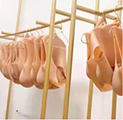







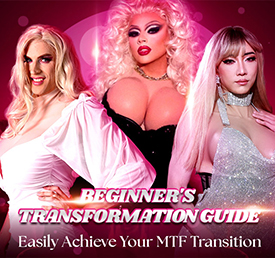








 Breast Forms
Breast Forms  Body Suit
Body Suit  Realistic Mask
Realistic Mask  Femini Girdle
Femini Girdle Hip & Butt Enhancement (8)
Hip & Butt Enhancement (8) Penis Prosthesis
Penis Prosthesis Fake Muscle
Fake Muscle Bikini
Bikini  Wig
Wig  Corsets
Corsets Course
Course service@roanyer.com
service@roanyer.com +8618652200711
+8618652200711 Facebook
Facebook YouTube
YouTube Twitter
Twitter Instagram
Instagram




